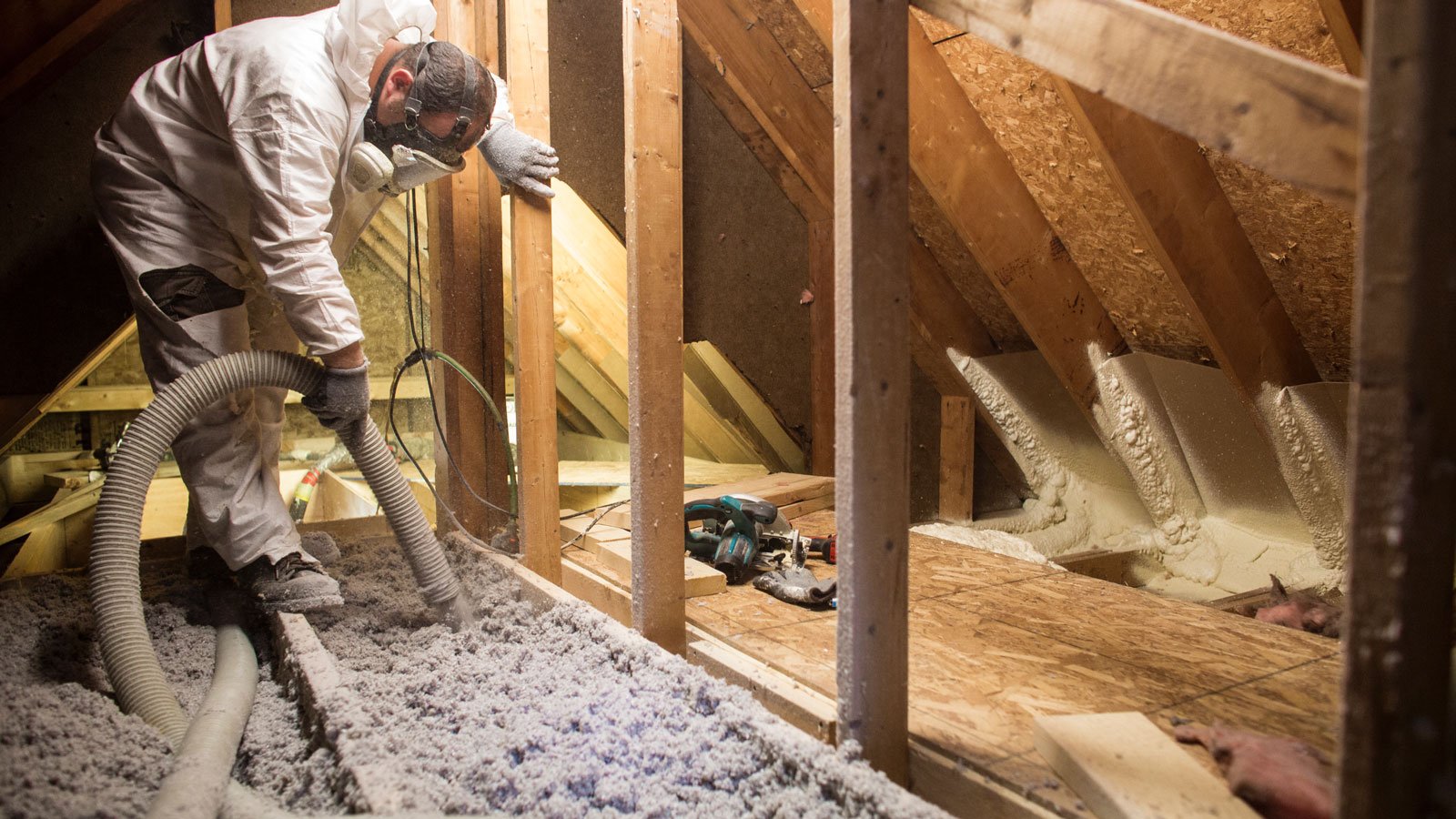Attic Rain
Understanding attic rain and the causes
A typical family of four produces approximately 14 litres of water vapour in just 24 hours, all of this moisture has to go somewhere and some of it will find itself in your attic space. Attic rain, while unfortunate, is an intriguing phenomenon that occurs when temperatures drop below freezing outside and then rapidly warm up again. The migration of warm moist air occurs at poorly sealed light penetrations, poorly built attic hatches, and any place where your vapour barrier system has been penetrated by wires and left unsealed. This moist warm air moves into your attic, freezes and adheres to your sheathing and truss systems as frost. Under normal conditions your attic is able to allow for enough ventilation to evaporate the moisture and operates as intended. But when the temperature changes quickly, this frost becomes liquid again making it seem as if it's raining inside your attic. Our cold climate means that our homes can, at times, contain the dew point (the temperature at which water vapour condenses) within our structures and builders must combine proper vapour barriers and balanced HVAC systems to reduce this likelihood.
What are the signs of attic rain
There is an indisputable law of physics, water will always find the lowest level in an incredibly efficient manner. Archive is called often to investigate wet ceilings, water staining and even audible dripping of water from within house structures. We know that there is nothing more alarming than hearing dripping water within your walls. If you notice any of these issues then you should act quickly to investigate further as attic rain left unchecked can cause lasting damage throughout your property. As the homeowner, you may be tempted to prop open your attic hatch in an attempt to dry out the space, please do not do this as you are opening up a huge tunnel for warm moist air to flow into your attic and it may cause more issues.
What types of repairs are needed
Attic rain can be a destructive force in any home, often leading to mould remediation, insulation replacement, stain removal, drywall repair and in extreme cases replacement of interior framing. If your home is affected by attic rain, it is important to act quickly and assess the damage. Mould growth or water damage should be dealt with immediately and only done so by a qualified professional. Additionally, mould spores can remain in the air even after mould has been removed, so it is important to clear out your attic space as soon as possible. Wet insulation also needs to be removed and replaced with more effective insulation material. A standard level of insulation for attics within Alberta is R34, we here at Archive feel a level of R50 is conducive to a very effective thermal barrier to reduce heat loss. The vapour barrier within your attic should also be inspected and all penetrations into your attic space should be properly sealed. Finally, all water stains and discoloration must be removed completely before refinishing the damaged areas. After proper repairs are made, you can rest assured that your attic will remain safe from further damage due to attic rain.



